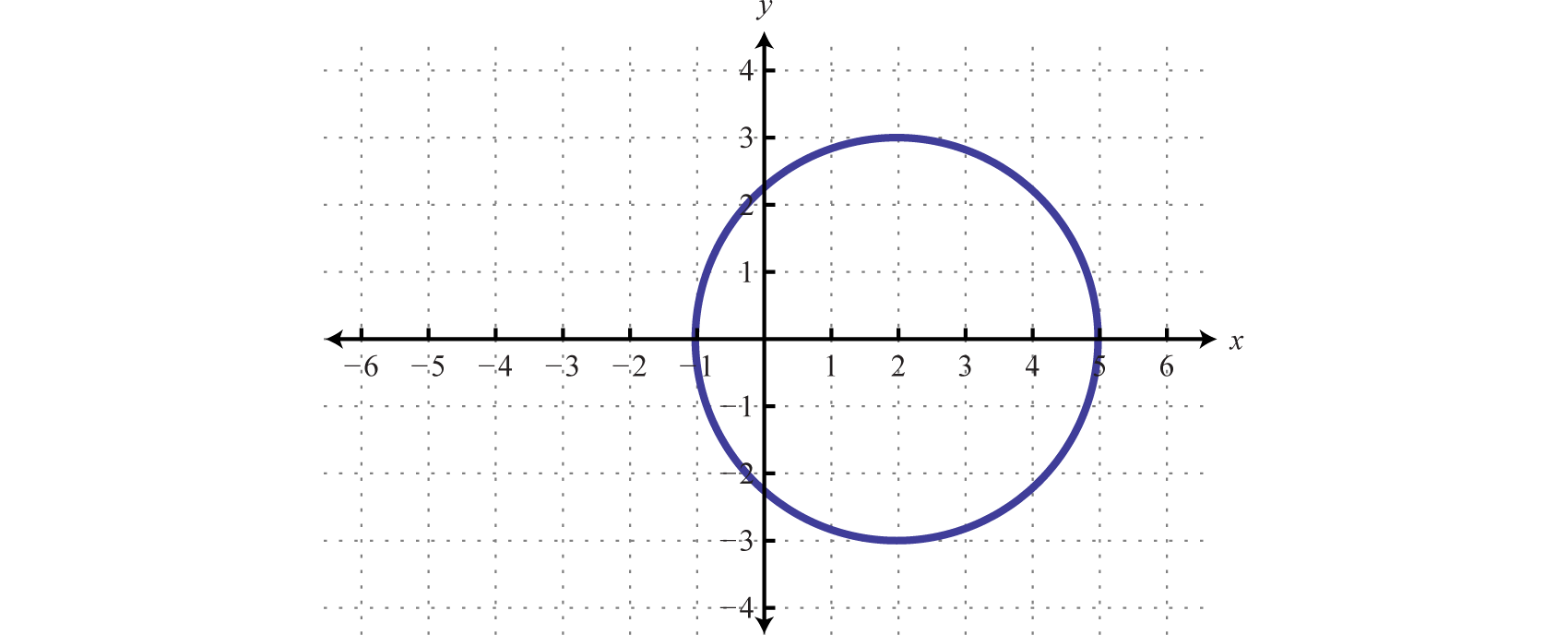The domain f(x)=3x+2 is {-1≤x≤4}.
Using only integers for x, which is the next integer is Not in the range?
-5
Define Intervals of Increasing
A function is increasing it consist of the X-axis increasing and Y- axis also increases, creating a positive slope.
Definition of End Behavior
In what direction are the ends of the graphs heading.
f(x)=x2 becomes g(x)=(x-1)2, what is the change?
The graph moves 2 spaces to the right

Is this a function?
No
What is the domain of the function f(x)= √x ?
x≥0
Define Intervals of Decreasing
A function is decreasing when it consist of X- axis increasing and Y-axis decreasing, creating a negative slope.
Find the end behavior of the function:
f(x) = f(x)=x^2
f(x)→+∞, as x→−∞ f(x)→+∞, as x→+∞
√x becomes 5√x -5, what is the change?
The graph decreases by 5
Is this a function
X: 3, 6, 6, 12
Y: 5, 4, 3, 2
No
In which function is the range equal to the domain?
y = x
Define intervals of Constant
A function is constant when it consist of the X-axis increase meanwhile Y- axis stays the same, with no slope involved.
Find the end behavior of the function:
f(x) = −x^2
f(x)→−∞, as x→−∞ f(x)→−∞, as x→+∞
How do you make the graph go to the left in a quadratic function?
By
By adding parenthesis and adding the number (x). (ex (x+5)2 )
Determine the range and domain: 2x+3y+6
Domain= {All real numbers}
Range = {All real numbers}
What is the domain of f (x) = 2x ?
All real numbers
For the function f(x)= (x-2)2+3 What is the Interval of Increasing?
Increasing from (2, +infinity)
Find the end behavior of the function:
f(x) = x^3
f(x)→−∞, as x→−∞ f(x)→+∞, as x→+∞
What are the types of functions?
Quadratic, linear, square root, exponential
Which of the following statements are true about domain, range, and functions.
A. In a relation, domain values can be repeated
B. In a function, range values can be repeated
C. Both
C
A function is defined by the equation y = -3x - 4. If the domain is 1 < x < 5, what is the minimum value in the range of the function?
-19
For the graph f(x)= x2+4x+3, What is the positive interval?
( - infinity, -3) U ( -1, +infinity)
Find the end behavior of the function:
f(x) = −x^3
f(x)→+∞, as x→−∞ f(x)→−∞, as x→+∞
Define transformation function.
A function transformation takes whatever is the basic function f (x) and then "transforms" it (or "translates" it), which is a fancy way of saying that you change the formula a bit and thereby move the graph around.
Which of the following statements about the domain and range of a relation is always true?
A. The domain must always have at least two values
B. The range must always have at least two values
C. If all the ordered pairs in the relation are of the form (x,y) then the domain is the set of X's and the range is the set of Y's.
C